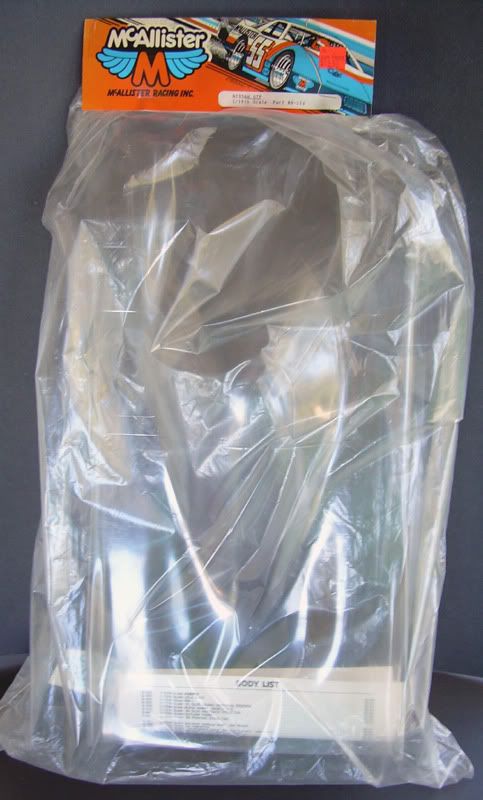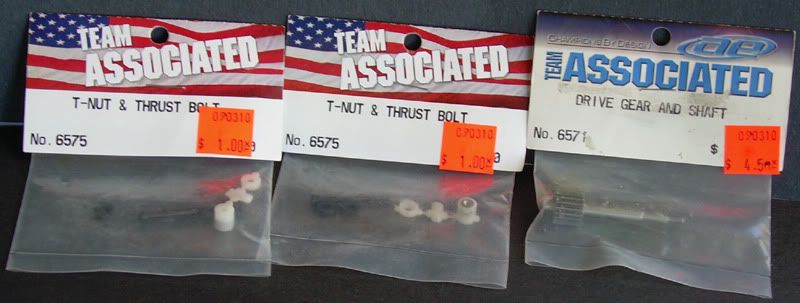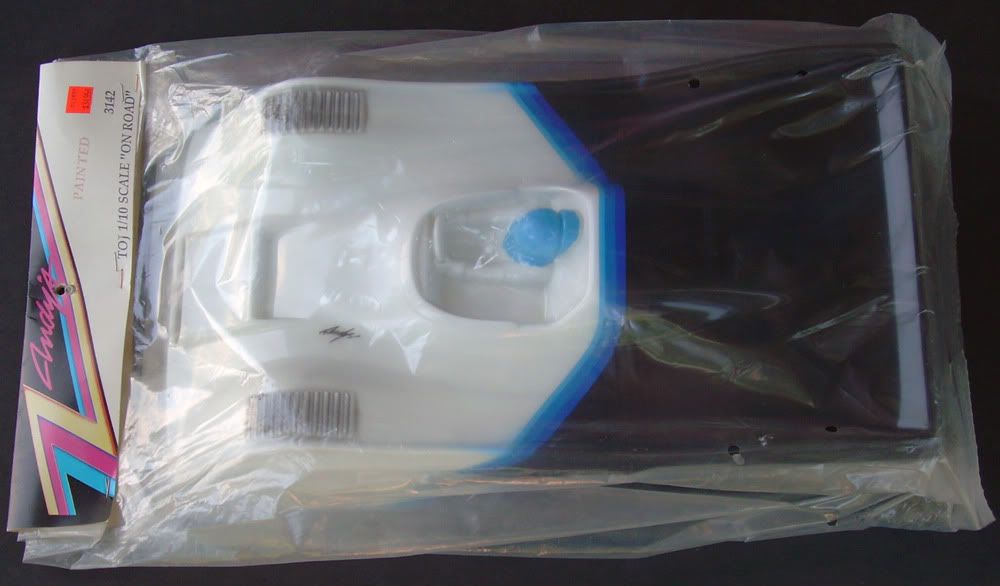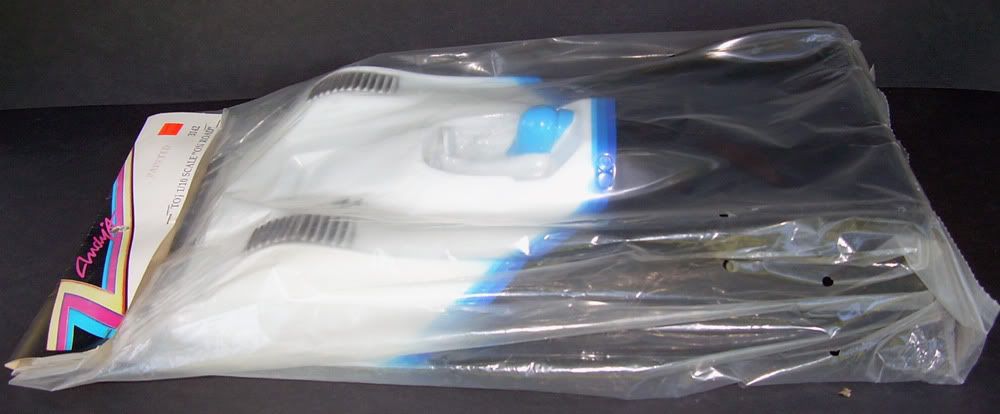gomachv wrote:The good stuff contained trichloroethane. I sure wish I wore gloves back then

In 1993-94, I worked in a factory making correction fluid products. We had 30-40 55 gallon drums at all times. i used to wash my hands in 5 gallon pail of the stuff.

I know better now.

How can 1,1,1-trichloroethane affect my health?
Scientists use many tests to protect the public from harmful effects of toxic chemicals and to find ways for treating people who have been harmed.
One way to learn whether a chemical will harm people is to determine how the body absorbs, uses, and releases the chemical. For some chemicals, animal testing may be necessary. Animal testing may also help identify health effects such as cancer or birth defects. Without laboratory animals, scientists would lose a basic method for getting information needed to make wise decisions that protect public health. Scientists have the responsibility to treat research animals with care and compassion. Scientists must comply with strict animal-care guidelines because laws today protect the welfare of research animals.
If you breathe air containing high levels of 1,1,1-trichloroethane (1,000 ppm or higher) for a short time, you may become dizzy and lightheaded and possibly lose your coordination. These effects rapidly disappear after you stop breathing contaminated air. If you breathe in much higher levels of 1,1,1-trichloroethane, either intentionally or accidentally, you may become unconscious, your blood pressure may decrease, and your heart may stop beating. Whether breathing low levels of 1,1,1-trichloroethane for a long time causes harmful effects is not known. Studies in animals show that breathing air that contains very high levels of 1,1,1-trichloroethane (higher than 2,000 ppm) damages the breathing passages and causes mild effects in the liver, in addition to affecting the nervous system. There are no studies in humans that determine whether eating food or drinking water contaminated with 1,1,1-trichloroethane could harm health. Placing large amounts of 1,1,1-trichloroethane in the stomachs of animals has caused effects on the nervous system, mild liver damage, unconsciousness, and even death. If your skin contacts 1,1,1-trichloroethane, you might feel some irritation. Studies in animals suggest that repeated exposure of the skin might affect the liver and that very large amounts on the skin can cause death. These effects occurred only when evaporation was prevented.
Available information does not indicate that 1,1,1-trichloroethane causes cancer. The International Agency for Research on Cancer (IARC) has determined that 1,1,1-trichloroethane is not classifiable as to its carcinogenicity in humans. EPA has also determined that 1,1,1-trichloroethane is not classifiable as to its human carcinogenicity. The likelihood is very low that exposure to 1,1,1-trichloroethane levels found near hazardous waste sites would cause significant health effects.









